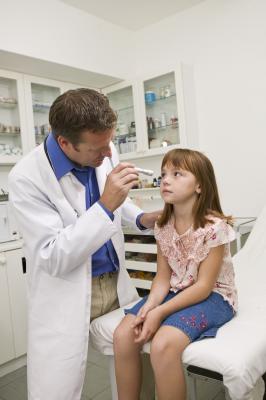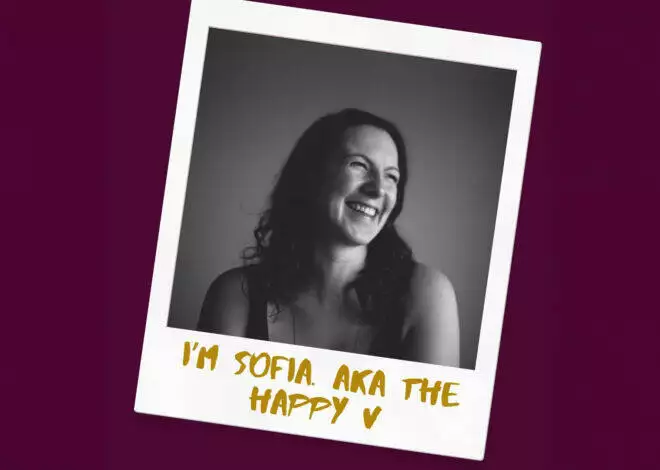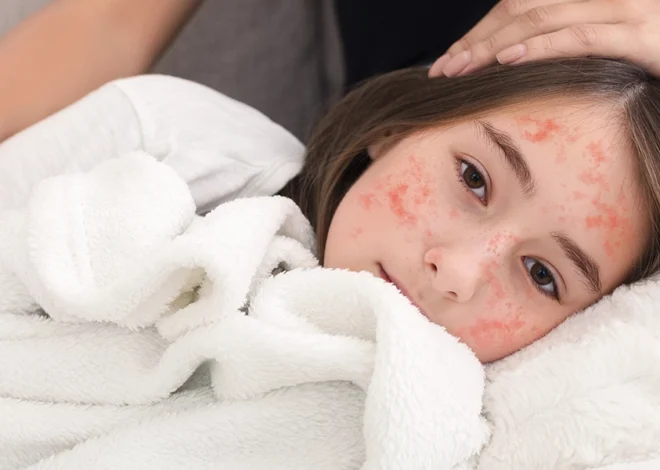Head bumps occur frequently in children, from falling off a bike to tripping down the stairs. Other children experience more severe head trauma. The severity of the head trauma affects the course of action for parents or caregivers. An understanding of child head trauma prepares you so you know what to look for and when to seek medical help.
Types
Any injury affecting the skull, brain or tissues and vessels of the head fall into the head trauma category. Head trauma ranges from a simple bump to an injury so severe it causes brain damage. Concussions cause loss of awareness after a head injury. Contusions are often more severe head injuries resulting in bruising and possible bleeding or swelling. Skull fractures include all cracks and breaks of the skull. The severity of trauma varies within each time of head injury as well. For example, a linear fracture in the skull is a break that doesn’t move the bone. The child needs some medical observation but doesn’t usually need treatment. A basilar fracture at the base of the skull is a very serious fracture.
Effects
Head trauma causes several other possible effects that vary from child to child. Minor head injuries often include swelling on the head, cuts, headache, lethargy, dizziness, balance problems, nausea, blurry vision, fatigue or increased sensitivity to sound and bright lights. More severe head trauma might also include unconsciousness, short term memory loss, weakness, seizures, difference in pupil size, walking difficulty, speech problems, paleness and blood or clear fluid coming from the nose or ears.
Seeking Medical Attention
A child exhibiting signs of a severe head injury needs medical attention right away to assess the trauma and begin any necessary treatment. If you witness the head injury, you have a better sense of how severe it was, but head trauma can be deceiving. What looked like a mild to moderate bump could result in serious head trauma. When in doubt, call your child’s doctor or take him to urgent care as a precaution. The doctor may use a variety of tests to assess the head trauma, including MRI, X-ray, CT scan or EEG.
Treatment
The severity of the head injury affects how it is treated. For a minor injury treated at home, inspect the area to look for bumps and cuts. A clean cloth held over a cut helps stop the bleeding. To reduce the size of bumps, apply ice for about 20 minutes if your child allows it. Take a short break from icing and then repeat with another 15 to 20 minutes. A dose of acetaminophen relieves head pain your child might feel after the trauma. For a more serious injury, the doctor uses his assessment to determine the appropriate treatment.
Observation
Whether or not your child receives medical attention for the head trauma, observation for the next day is key to spotting additional problems. If your child’s symptoms appear to worsen or she develops new symptoms, get her checked out by a physician. Watch for breathing difficulties or other changes in demeanor in the hours following the head trauma.





